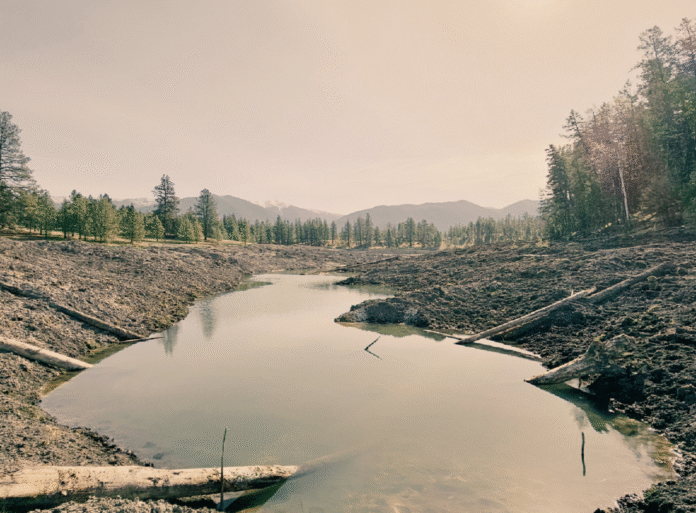Despite recent rainfall bringing brief relief to parts of southeastern B.C., much of the Kootenay region remains under significant drought stress heading into the fall.
British Columbia’s drought monitoring summary shows several areas in the Columbia Basin — including the East Kootenay and Elk Valley — are still facing Level 3 to 5 drought conditions, the highest on the province’s five-point scale.
In the Kootenays, where communities rely heavily on local watersheds for everything from drinking water to agriculture and wildfire protection, the prolonged dry conditions have renewed calls for local water governance and long-term watershed security planning.
“The current drought in southeastern B.C. demonstrates how vulnerable our water systems are and why more coordination and investment in local decision-making is urgently needed,” said Kat Hartwig, executive director of Living Lakes Canada and chair of the Elk River Monitoring Collaborative.
“Many of our small and rural communities are already experiencing how water shortages impact everything from drinking water to wildfire suppression,” said Hartwig.
That message was front and centre at the Without Water Symposium, held in June in Grasmere, south of Fernie. Organized by the Elk River Monitoring Collaborative, the event brought together more than 100 residents, knowledge holders and community leaders to discuss the future of water security in the region. Their insights are captured in the recently released What We Heard report.
“The message from the symposium was clear: there is enough water, until there isn’t,” said Hartwig. “We need transparent data, watershed planning, and empowered local leadership to manage water quantity across B.C.’s regions.”
Participants spoke candidly about their personal, cultural and spiritual relationships to water, and emphasized the importance of making watershed-related decisions in uncertain conditions. They also called for more integrated, community-driven approaches.
Feedback from the symposium led to three main calls to action:
Better incorporate Indigenous worldviews into decision-making, including mechanisms such as rights for nature or legal personhood.
Support local and Indigenous water governance with sustained resources, such as funded local water tables.
Reduce knowledge silos to improve efficiency by leveraging collective action for climate adaptation in communities.
These findings echo wider calls across the province for increased watershed investment, especially in regions like the Kootenays where drought, wildfire and ecosystem stress often intersect.
“The provincial Watershed Security Fund, with annual disbursements ranging from $3 million to $5 million, is a good start,” said Hartwig. “But it’s not enough. We need dedicated and sustained support for regions like ours.”
Hartwig also pointed to water licensing reform as a potential tool to enable better local governance.
“Modernizing B.C.’s water licensing system could support community-based decision-making and strengthen both local economies and ecosystem health,” she said.
For more information or to download the What We Heard document, visit elkrivercollaborative.ca.
Be the first to know! Don’t miss out on breaking news and daily updates in your area. Sign up to MyEastKootenayNow News Alerts.




